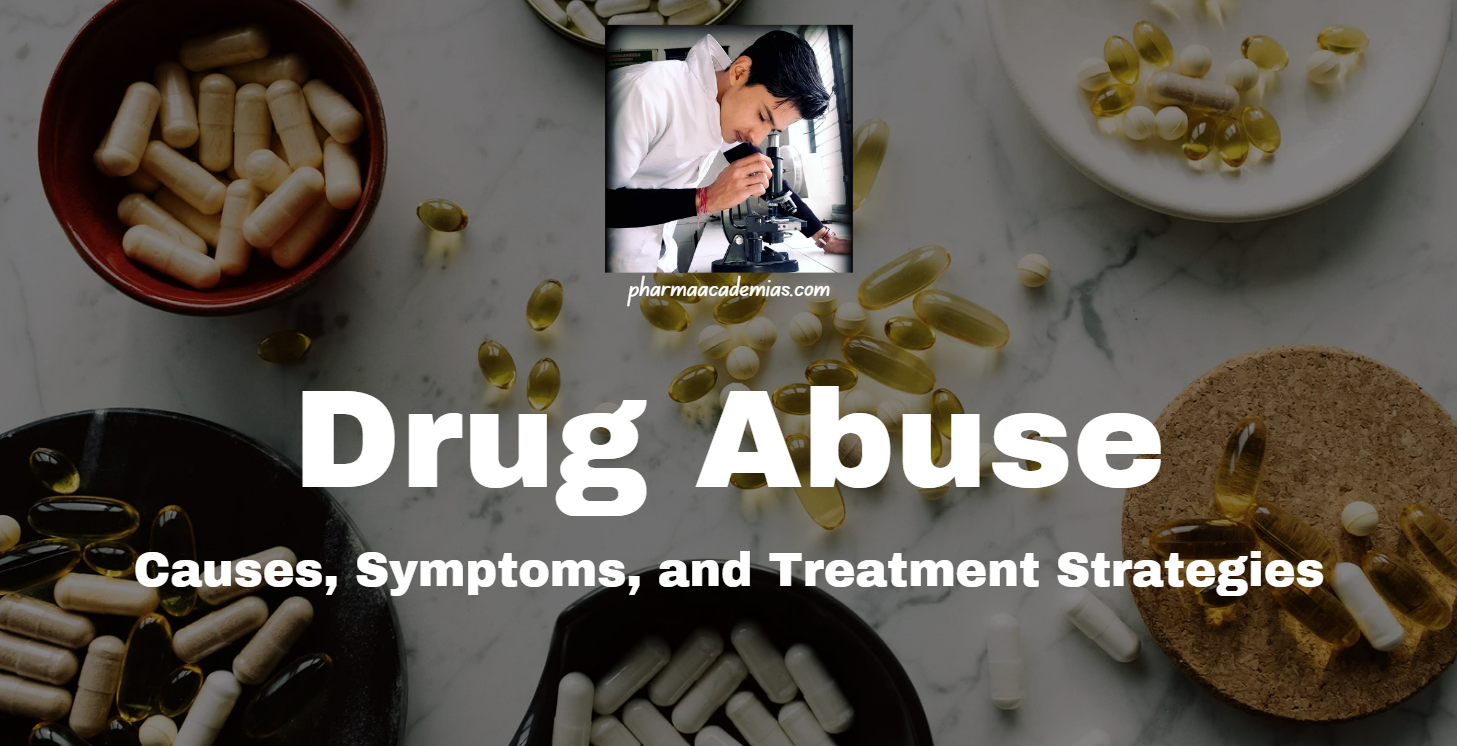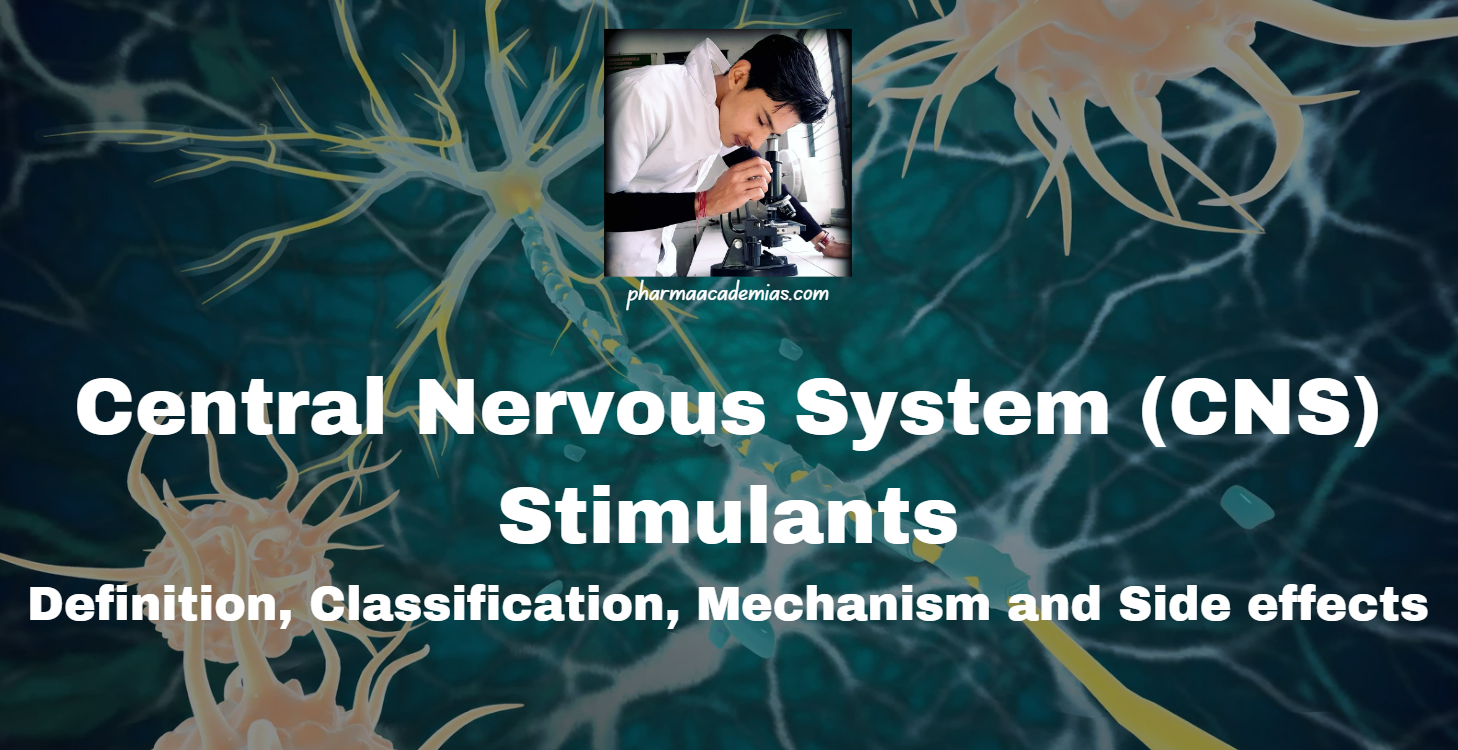Tolerance and Dependence
Tolerance and dependence are fundamental pharmacological concepts that describe the body’s adaptive response to the repeated or prolonged use of certain drugs. These phenomena are especially critical in the context of psychoactive substances, such as opioids, benzodiazepines, stimulants, and alcohol. They significantly influence drug efficacy, patient safety, and the potential for substance abuse and addiction. … Read more










